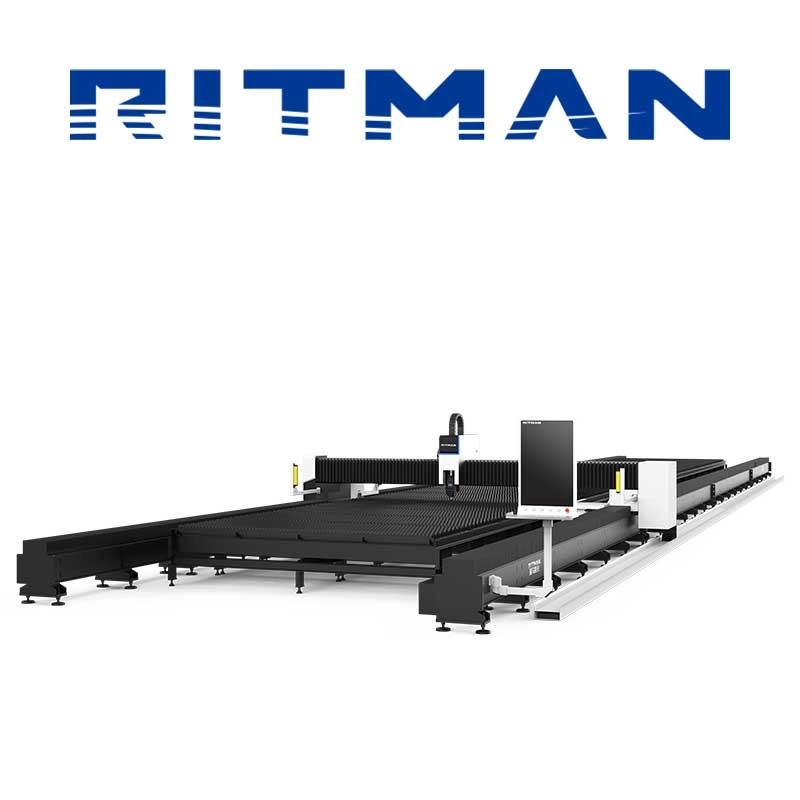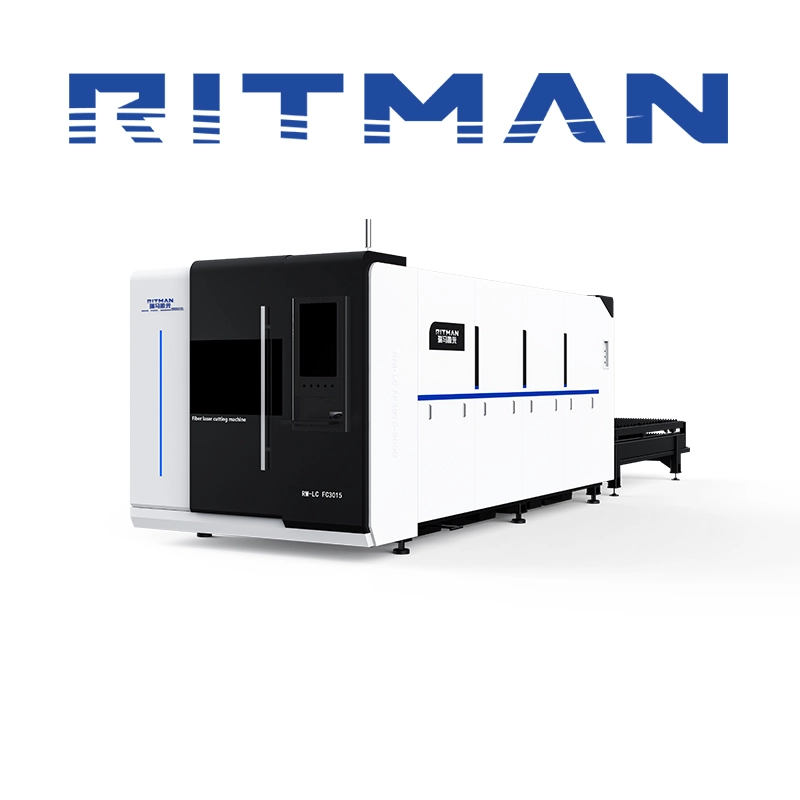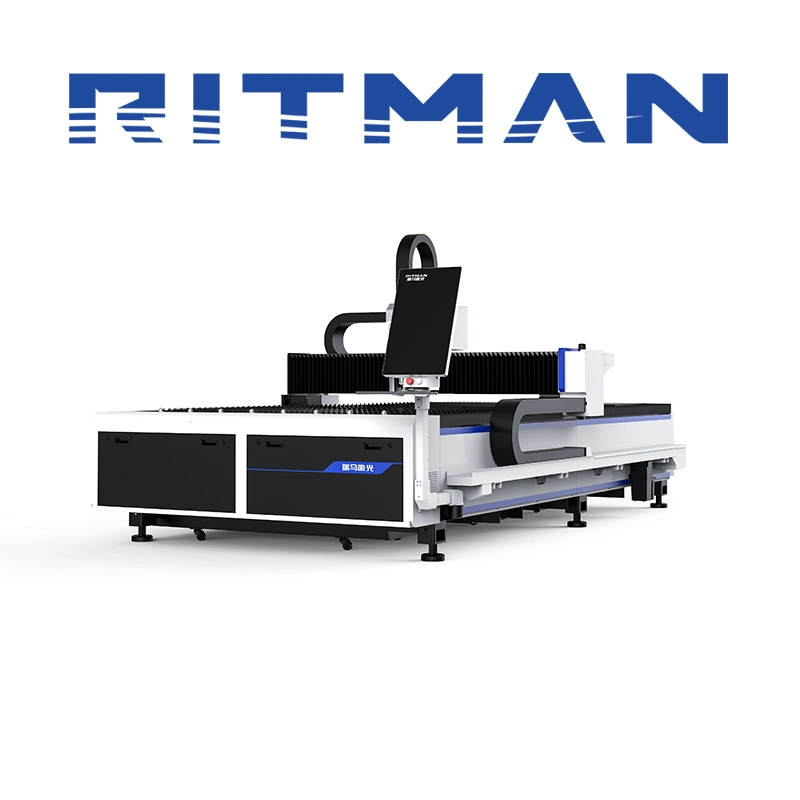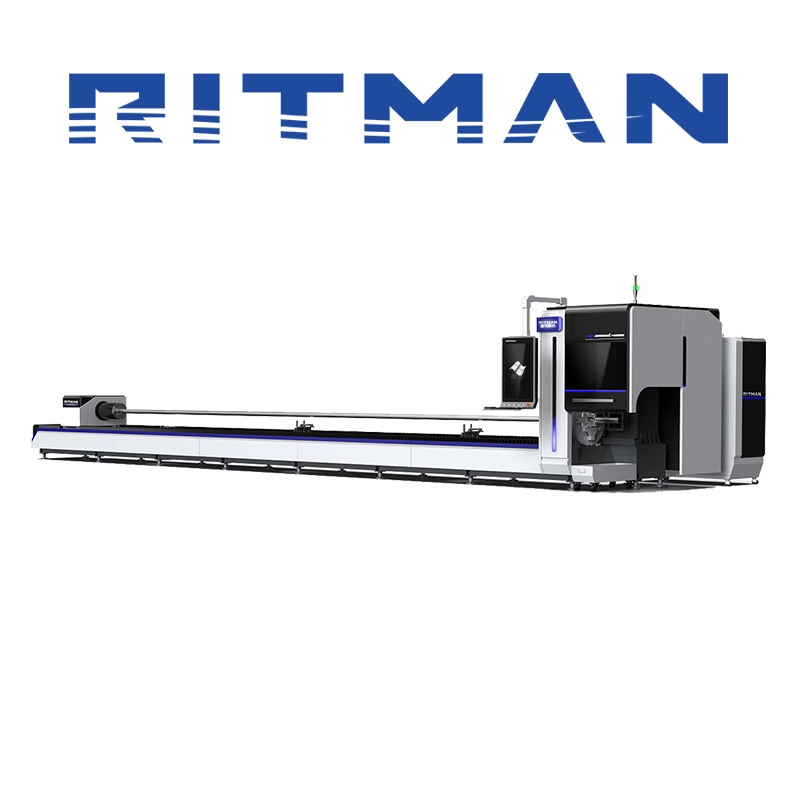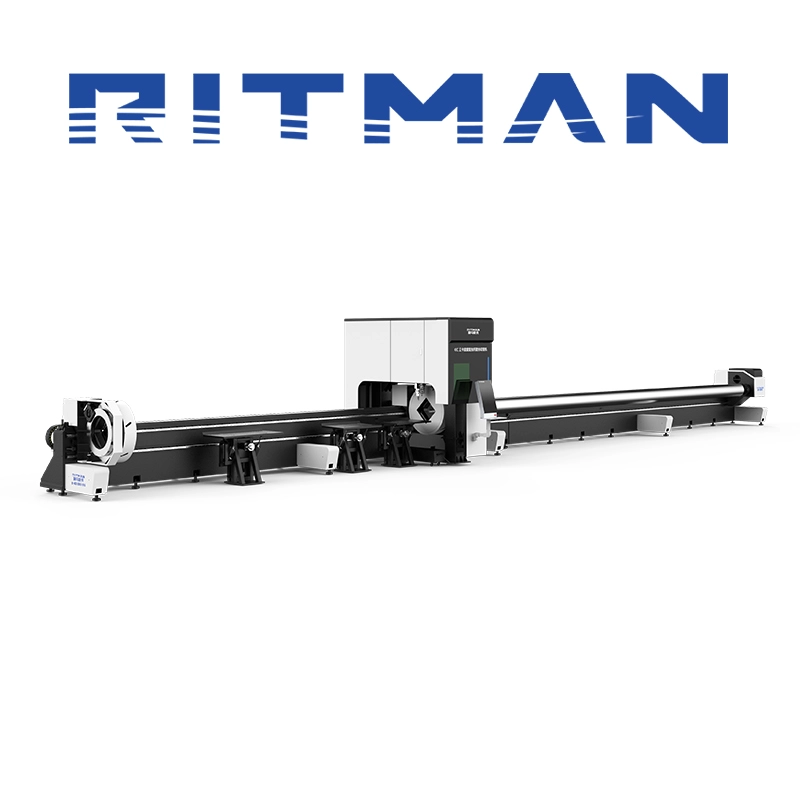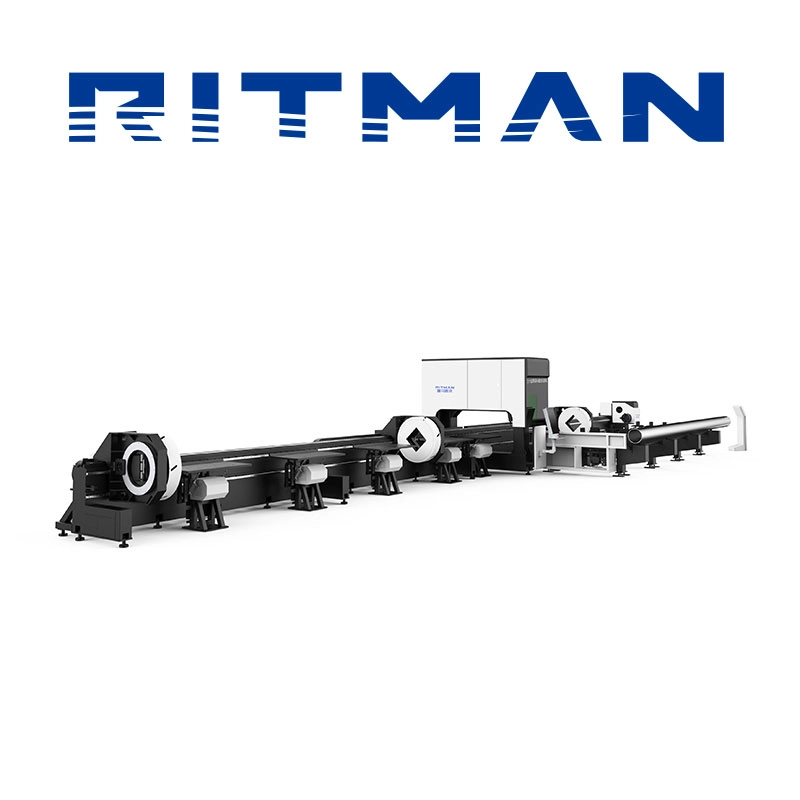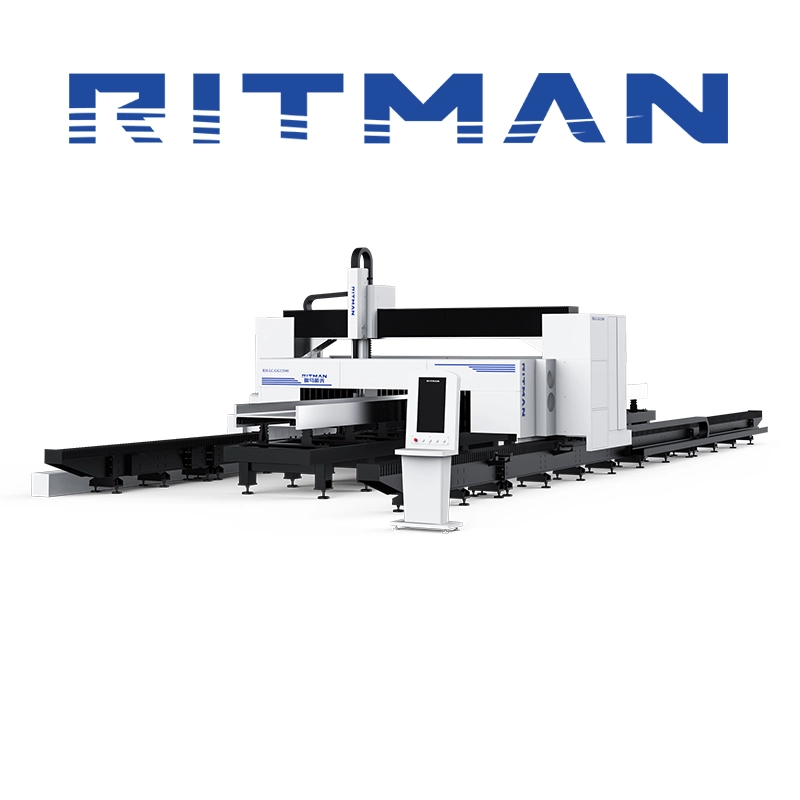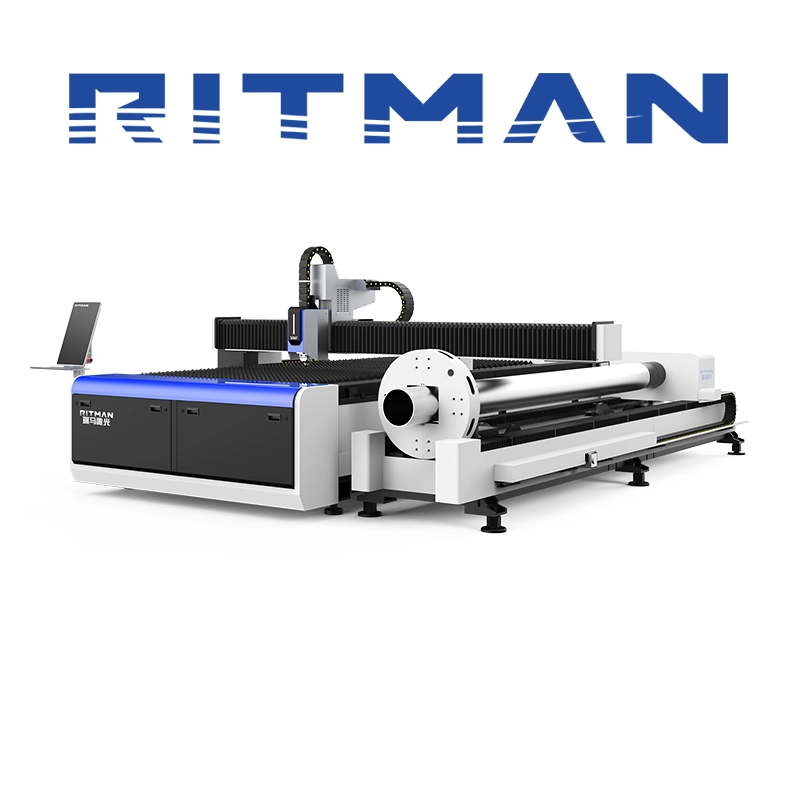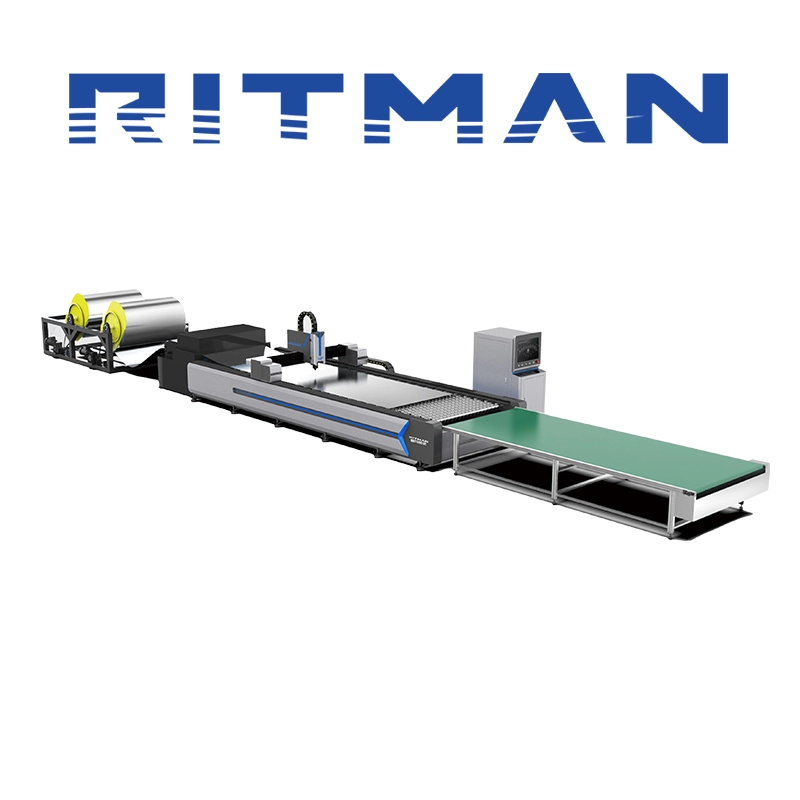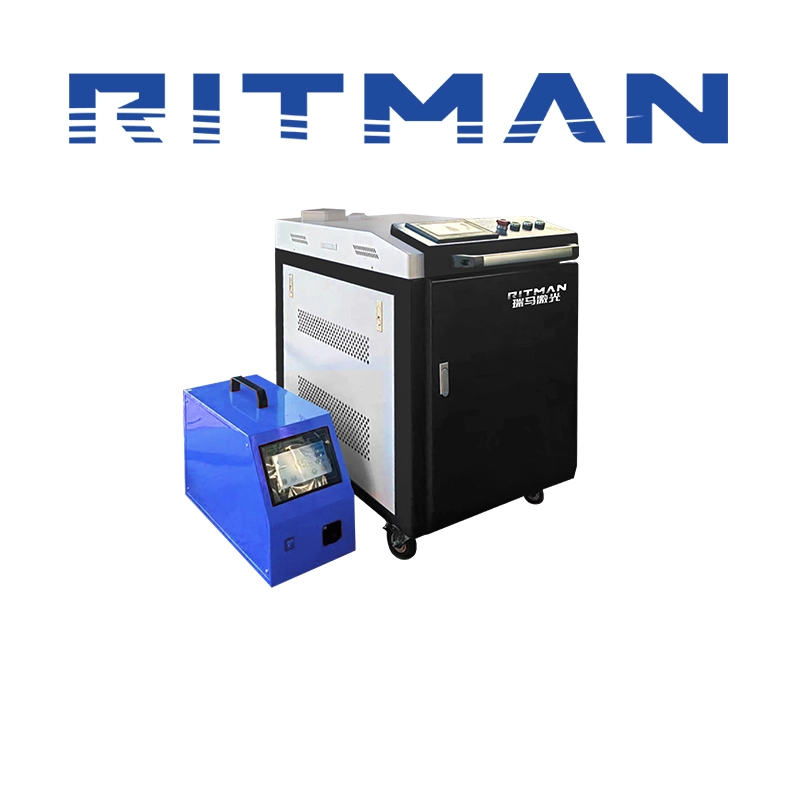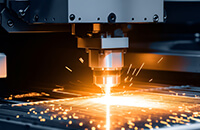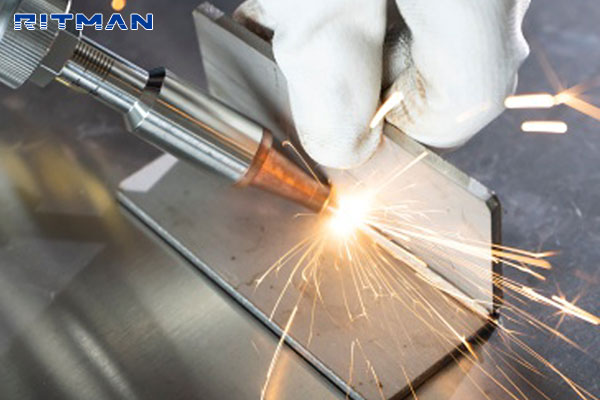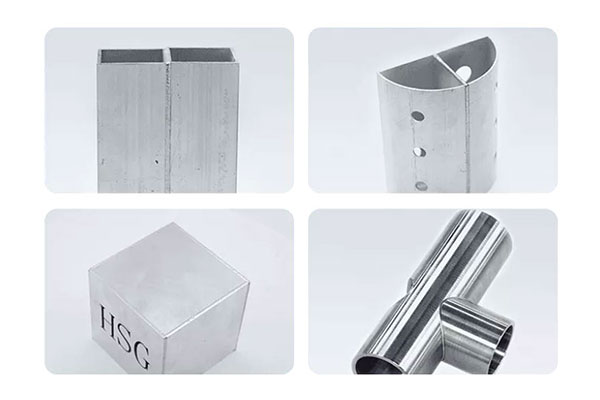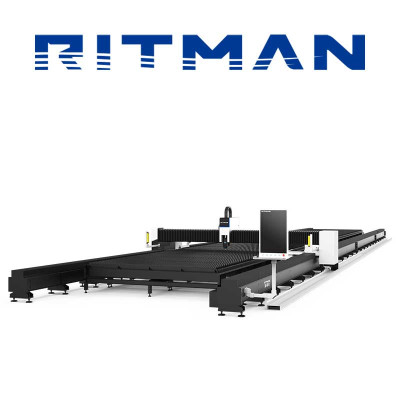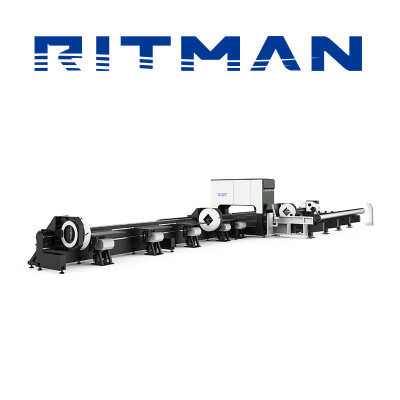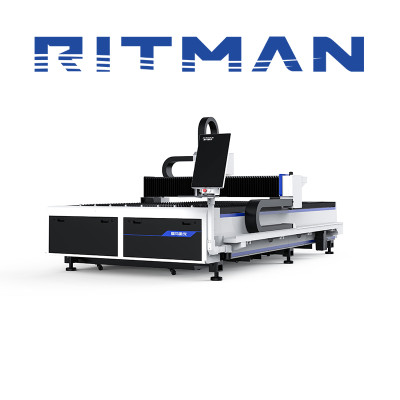Multifunctional laser welding machine applicable materials
With the continuous development of laser technology, laser welding machine for many friends is not unfamiliar, as a very common welding equipment in the field of processing, laser welding machine principle is, the use of high energy laser pulse on the material local heating, laser radiation energy through the heat conduction to the material internal diffusion, the material melted to form a characteristic molten pool to achieve the purpose of welding.
Although laser welding machines have a wide range of applications and can be used for welding most materials, they have high requirements for materials, and the physical properties of different materials have different effects on welding results. Let's follow RITMAN LASER to see which materials are suitable for laser welding?
Introduction to materials suitable for laser welding machines1
1、Die steel
Laser welding machine can be applied to S136, SKD-11, NAK80, 8407, 718, 738, H13, P20, W302, 2344 and other models of mould steel welding, and the welding effect is better.
2、Carbon steel
Carbon steel using laser welding machine for welding, the effect is good, its welding quality depends on the impurity content. In order to obtain good welding quality, the carbon content of more than 0.25% needs to be preheated. When steels with different carbon contents are welded to each other, the torch can be slightly biased to the side of the low carbon material to ensure the quality of the joint. Due to the very fast heating and cooling rates when welding with laser welding machines, when welding carbon steels. As the carbon content increases, so does the weld cracking and notch sensitivity. Medium and high carbon steels and common alloy steels can be laser welded well, but preheating and post-weld treatment is required to relieve stress and avoid cracking.
3. Alloy steels
Laser welding of low-alloy high-strength steel, as long as the welding parameters selected are appropriate, you can get a joint with comparable mechanical properties of the parent material.
4、Stainless steel
In general, the welding of stainless steel is easier to obtain high-quality joints than conventional welding. As a result of laser welding high welding speed and heat-affected zone is very small, to reduce the stainless steel welding overheating phenomenon and the adverse effects of large coefficient of linear expansion, the weld without porosity, inclusions and other defects. Compared with carbon steel, stainless steel due to the low thermal conductivity, high energy absorption rate and melting efficiency easier to obtain deep fusion narrow weld seam. With low-power laser welding of thin plates, you can get the appearance of well-formed, smooth and beautiful weld joints.
5、copper and copper alloy
Welding of copper and copper alloys is prone to the problem of non-fusion and non-welding through, so the energy should be concentrated, high-power heat source and with preheating measures; in the workpiece thickness is thin or structural rigidity is small, no measures to prevent deformation, welding is easy to produce large deformation, and when the welded joint is subject to greater rigidity constraints, easy to produce welding stress; welding copper and copper alloys are also prone to thermal cracking; porosity is a common defect when welding copper and copper alloys.
6、Aluminium and aluminium alloys
Aluminum and aluminum alloys are highly reflective materials, aluminum and its alloys welding, with the rise in temperature, hydrogen solubility in aluminum increased sharply, the dissolved hydrogen becomes a source of defects in the weld, there are more pores in the weld, and deep fusion welding when the root may appear cavity, welding channel forming poor.
7、Plastics
Almost all thermoplastics and thermoplastic elastomers can be welded using laser welding technology. Commonly used welding materials are PP, PS, PC, ABS, polyamide, PMMA, polyformaldehyde, PET and PBT. Some other engineering plastics such as polyphenylene sulfide PPS and liquid crystal polymers, due to the low laser transmission rate and can not be directly used laser welding technology, generally in the underlying material to add carbon black, so that the material can absorb enough energy to meet the requirements of laser transmission welding welding.

